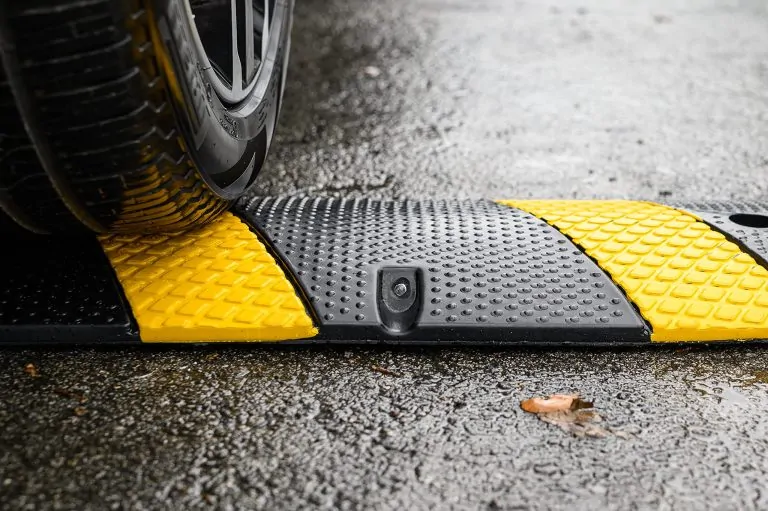
With growing concerns about climate change and air pollution, cities and communities are looking for ways to reduce carbon emissions from vehicles. Speed bumps are commonly used as a traffic calming measure to slow down vehicles, but do they actually contribute to lower carbon emissions? This article explores the relationship between speed bumps and vehicle emissions, discussing their effectiveness in reducing pollution.
1. How Speed Bumps Influence Vehicle Emissions
The Stop-and-Go Effect
When vehicles encounter speed bumps, they must slow down and then accelerate again after passing over them. This repeated stop-and-go motion increases fuel consumption, leading to:
- Higher carbon dioxide (CO₂) emissions.
- Increased particulate matter and nitrogen oxide (NOx) emissions.
- Reduced fuel efficiency, especially in gas-powered vehicles.
Potential Benefits in High-Risk Areas
Despite the increase in emissions from stopping and accelerating, speed bumps may contribute to lower overall emissions in certain areas:
- Near schools and residential zones, where lower speeds improve pedestrian safety.
- In high-traffic areas, where excessive speeding could lead to harsh braking and unnecessary acceleration.
2. Speed Bumps vs. Smooth Traffic Flow
Traffic Flow and Fuel Efficiency
A smooth and steady driving pattern is more fuel-efficient than frequent stopping and accelerating. Studies suggest that vehicles produce fewer emissions when they maintain a consistent speed. Installing too many speed bumps in a short distance may disrupt traffic flow and increase overall pollution.
Alternatives for Emission Reduction
Instead of traditional speed bumps, some communities implement other traffic-calming solutions that are more environmentally friendly, such as:
- Speed cushions – Allow emergency and public transport vehicles to pass with minimal impact.
- Raised crosswalks – Encourage lower speeds without frequent stopping.
- Chicanes and road narrowing – Naturally slow down traffic without requiring sudden braking.
3. The Role of Electric and Hybrid Vehicles
With the rise of electric and hybrid vehicles, the impact of speed bumps on emissions is changing:
- Electric cars produce zero tailpipe emissions, making stop-and-go movement less of a concern.
- Hybrid vehicles use regenerative braking, which helps recover energy lost during deceleration.
As more cities transition to electric transportation, the effect of speed bumps on emissions will likely decrease.
4. Best Practices for Sustainable Traffic Calming
To balance road safety and environmental impact, communities can adopt best practices for speed bumps placement:
- Strategic positioning – Install speed bumps only in high-risk areas to minimize unnecessary stops.
- Use of modern materials – Rubber or composite speed bumps are more durable and reduce environmental impact.
- Combination with other measures – Pairing speed bumps with roundabouts or smart traffic signals can improve overall efficiency.
Conclusion
While speed bumps effectively reduce vehicle speeds, their impact on carbon emissions depends on placement and usage. In high-traffic areas, excessive speed bumps may increase fuel consumption and emissions. However, when used strategically, they can enhance safety without significantly contributing to pollution. To create a sustainable traffic management system, cities should consider alternative solutions that promote both safety and environmental benefits.